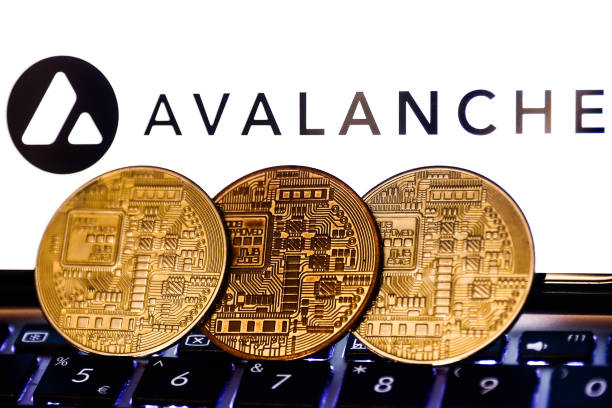Your simple, no-fuss guide to going vegan
Heaven Leigh is a third generation restaurateur who took the reins of family vegan restaurant Bodhi Restaurant Bar in 2000. She shares her tips on how to go vegan.

Heaven Leigh is a third generation restaurateur who took the reins of family vegan restaurant Bodhi Restaurant Bar in 2000. She shares her tips on how to go vegan.
People make the decision to go vegan or plant-based for a number of reasons. Whether they’re concerned with the ethics of animal consumption, the effect that industry has on the environment or in order to eat more fruit and veg, the diet is the same. However, the process of becoming vegan is a whole thing on its own.
Speaking to Body+Soul’s daily podcast Healthy-ish, Heaven Leigh, owner of Sydney-based vegan restaurant Bodhi Restaurant Bar, says that going vegan is not just about food.
“It's more about a lifestyle choice rather than just a dietary choice,” she tells host Felicity Harley on the Healthy-ish episode Want to go vegan? Here’s how.
Like what you see? Sign up to our bodyandsoul.com.au newsletter for more stories like this.
“So a lot of people who are vegans don't have any animal products or by-products in any of their food, clothing, beauty products, all of that kind of stuff.”
For those wondering this is the key difference between the term ‘vegan’ and ‘plant-based’. Vegans are strict on consuming absolutely no animal products or by-products, while people who are plant-based take a broader approach and may incorporate some things vegans wouldn’t.
“Someone who is plant-based may incorporate honey into their diet, whereas someone who is vegan would never do that,” Leigh says.
If you’re planning on going vegan, Leigh says that you’ll need to be dedicated and realise that it can be a bit of a challenge.
“We do find that there's a lot of people that struggle with it. It [animal product] is so prominent in everything – your car seats, your shoes, your bags, your everything has some kind of an animal product – your cheese, you know, your milk, your dairy, all of that.”
While many people try to go cold turkey into veganism, Leigh believes that slow and steady wins the race here.
“I always say slowly is better, but I do know that there's a lot of people that almost have what I would call a bit of an epiphany moment when they first come into veganism and they tend to get rid of everything,” she explains.
“I don't think that's always the most sustainable approach, it's easier to do easy swap outs. Start with the food. That's the quickest thing to look at changing."
Once you have the food down, you can start to look at other products that you use and how you can pick something that is more vegan-friendly. Doing it all at once can be a little overwhelming.
On the food front, you’ll want to make sure you’re still getting all the vitamins and minerals your body needs even once you’re on a vegan diet.
Leigh recommends going to get a full blood work up before you change your diet, which can work as a benchmark to see if your levels are going up and down once you start eating differently. It’s worth tracking this over the first six to 12 months of your diet change.
Where possible, also try to limit your intake of processed foods, and remember, just because something is vegan doesn’t necessarily mean that it’s healthy.
“Even simple things like tofu, I will make myself at home. Soy milk too and stuff like that. It’s simple to make it and it’s as close to its natural state as possible,” Leigh says.
“I think having a good variety is probably key. I see a lot of unhealthy vegans as well as healthy vegans in my industry… I always fall back to a diet very similar to what my grandparents ate, which is very simple, you know, a nice little carbohydrate, some greens, some kind of a mushroom dish, some kind of a protein with a tofu. It's very, very simplistic cooking.”

 KickT
KickT 







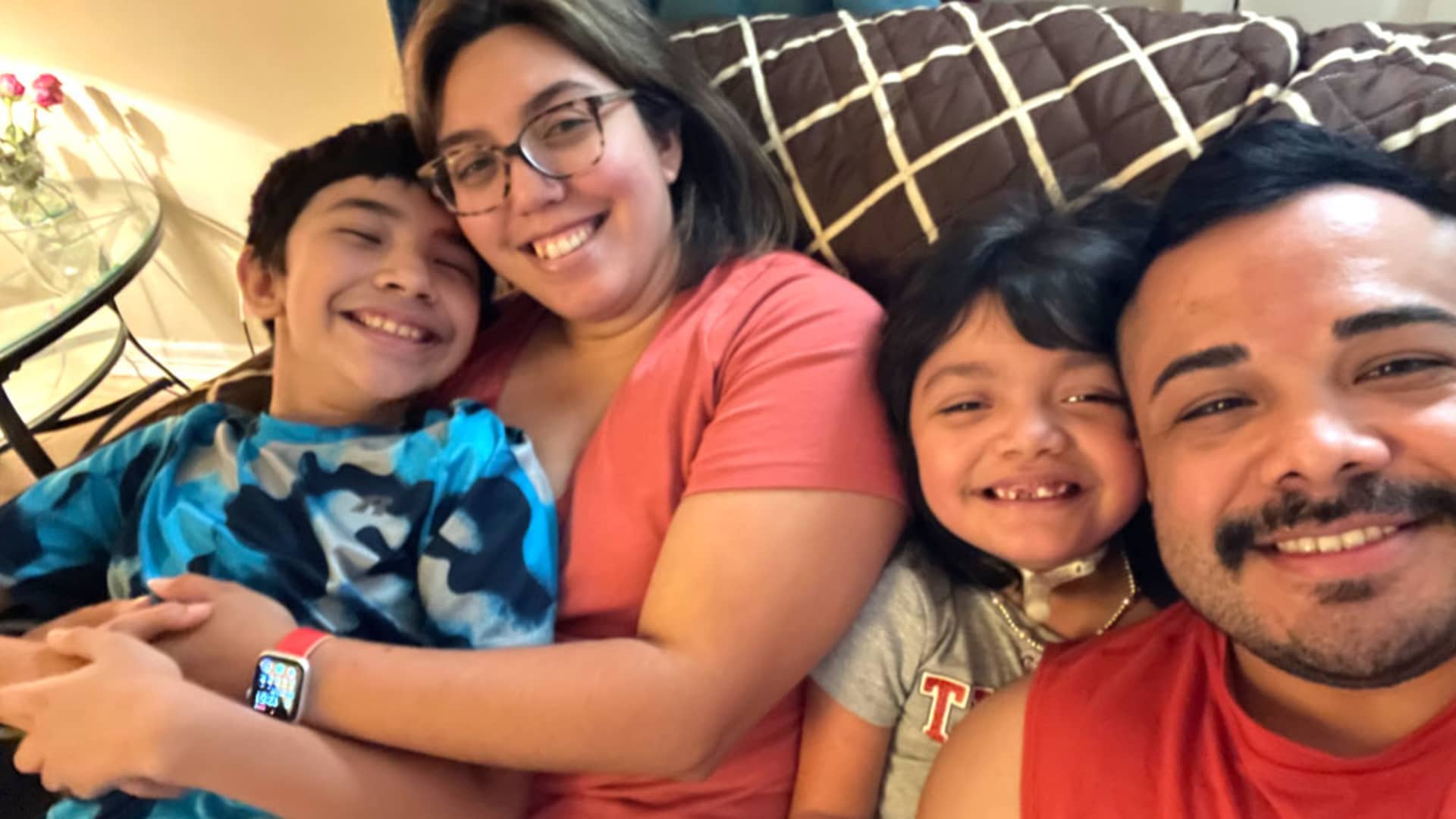

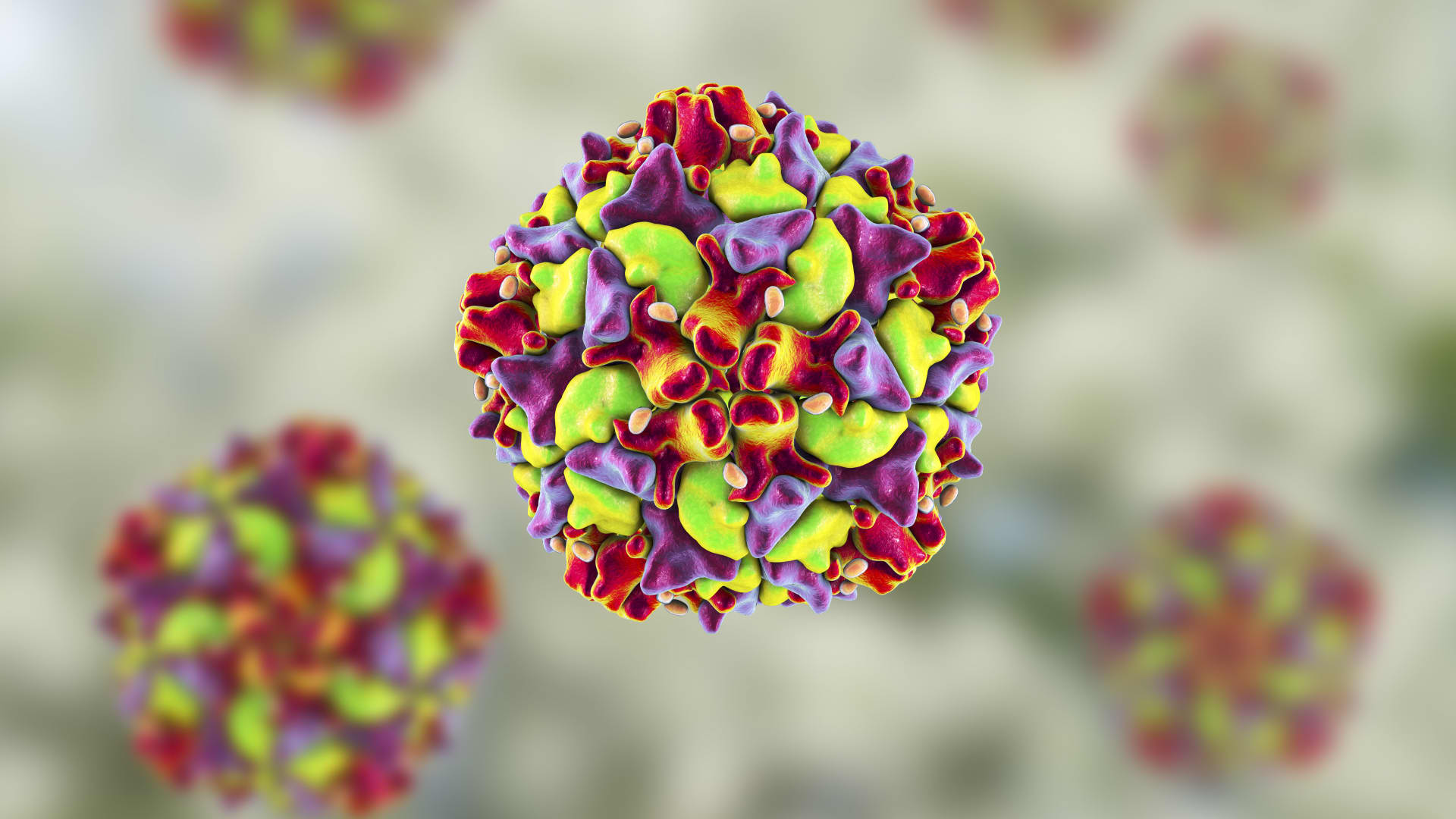







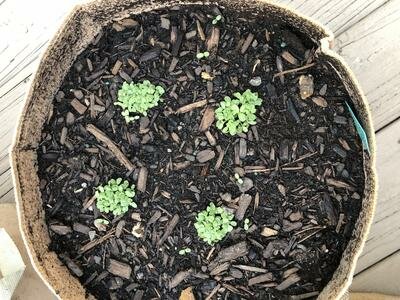





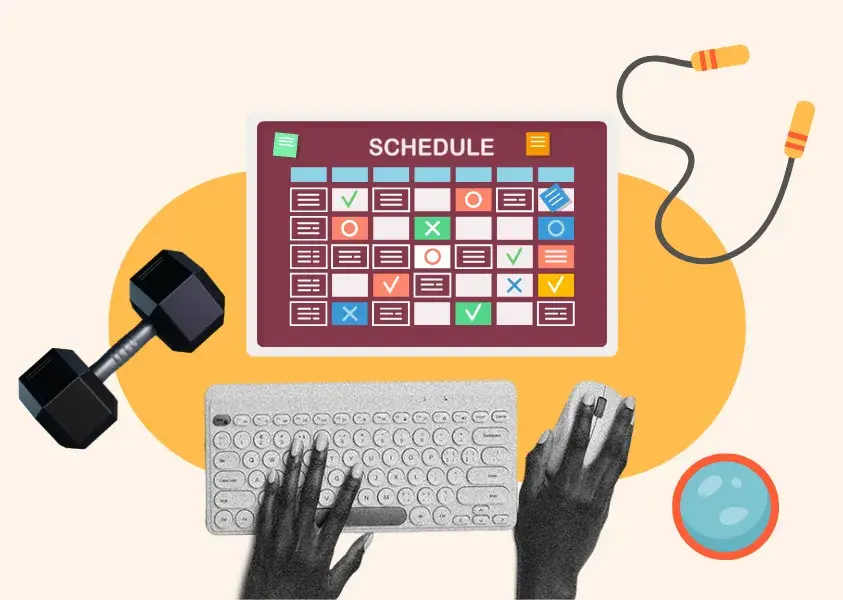
.jpg&h=630&w=1200&q=100&v=154b70b92d&c=1)



